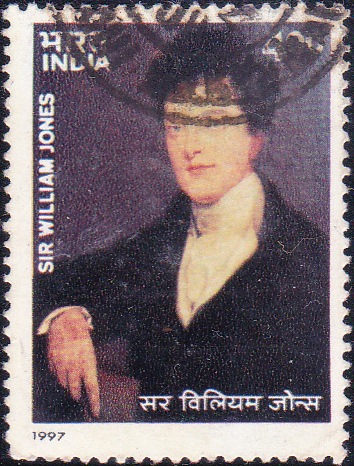
Sir William Jones
A commemorative postage stamp on the 250th Birth Anniversary of Sir William Jones, an Anglo–Welsh philologist, proponent of relationship theory among Indo-European languages :
![1565 Sir William Jones [India Stamp 1997]](https://istampgallery.com/wp-content/uploads/2016/02/1565-Sir-William-Jones-India-Stamp-1997.jpg)
 Issued by India
Issued by India
Issued on Sep 28, 1997
Issued for : The Department of Posts is pleased to release a special commemorative postage stamp to mark his 250th Birth Anniversary.
Design : The stamp features a painting of Sir William Jones by Robert Home.
Credits :
Stamp : Material provided by Asiatic society.
Type : Stamp, Postal Used
Colour : Multi Colour
Denomination : 400 Paise
Overall size : 3.91 x 2.90 cms.
Printing size : 3.55 x 2.54 cms.
Perforation : 13 x 13
Paper : Imported un w/m Adhesive Gravure Coated Stamp Paper in Sheets of 50.8 x 53.5 cms.
Stamps Printed : 0.4 Million
Number per issue sheet : 35
Printing Process : Photogravure
Printer : India Security Press, Nasik
Name : William Jones
Born on Sep 28, 1746 at London, United Kingdom
Died on Apr 27, 1794 at Kolkata, India
About :
- William Jones was born in London on 28 September 1746. In spite of an accident which permanently damaged his right eye, so that he was even advised by the doctor to give up school, Jones earned the epithet ‘great scholar’, at Harrow, where he spent his school years. At twelve, Jones knew Shakespeare’s Tempest by heart and by twenty, was proficient enough in French, Italian, Spanish, Portuguese, Greek and Latin to compose original pieces in them. In his twelfth year, he translated into English several of Ovid’s epistles and all Virgil’s pastorals.
- Jones’ first year in college was marked by his study of Arabic. By 1768 he had acquired such a reputation for oriental scholarship that King Christian VII of Denmark asked him to translate the history of Nadir Shah, the Tarikh-i-Nadiri, into French. He later turned to the Bar and was admitted to the Temple on 19 September 1770. At the Bar too, he distinguished himself and his “Essay on the Law of Bailments”, published in 1781, was regarded as a classic at the time.
- A great pioneer and the founding father of Indology and Oriental studies, Sir William Jones founded the Asiatic Society in 1784 with the objective of research in ancient history and chronology. In the special centenary meeting of the Asiatic Society in 1884, it was said “if Sir William Jones had done nothing else but translate the laws of Manu, and invent a system of transliteration which forms the basis of that now adopted by all scholars…… he would have immortalised his name; but he was what in Sanskrit we call nana–sastra–visaradh”. The subject of a uniform system of transliteration has been reconsidered from time to time, and only minor changes are made in Jones’ system. Jones laid the foundations of the disciplines of Comparative Mythology and Comparative Philology, or the Science of Linguistics.
- Jones’ paper “On the Chronology of the Hindus” presented to the Society in 1788, is the first known attempt to draw up a comprehensive chronology of ancient India. Jones revived ancient Indian dramatic literature when he translated Kalidas’s “Sakuntala”, and thus introduced the Sanskrit drama to the western world. No one could then deny the merits of Indian literature. What is perhaps more important is he awakened Indians to the beauty of Indian literature.
- Jones through his indefatigable labours, resuscitated India’s ancient culture, for India. Now India could boast of any poet as great as Shakespeare, a language – that was superior to Greek and Latin, a philosophy that was truly outstanding and an advanced system of astronomy.
- Shri A.L. Basham in his preface to Shri O.P. Kejariwal’s study of “The Asiatic Society of Bengal” finds that Jones and other Indologists thus indirectly helped to lay the foundations of modern Indian nationalism. He has been termed as one of the most extraordinary men that ever figured on the stage of life. Sir William Jones was only 48, when he died.
- Text : Based on “The Asiatic Society of Bengal”, and The Discovery of India’s Past 1784-1838: O. P. Kejariwal.



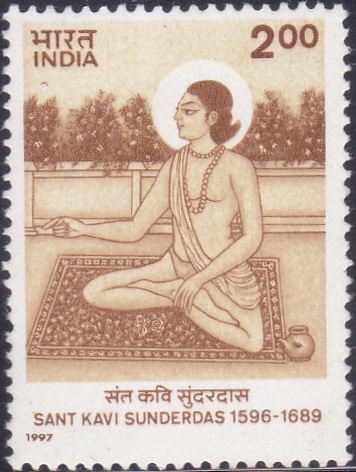
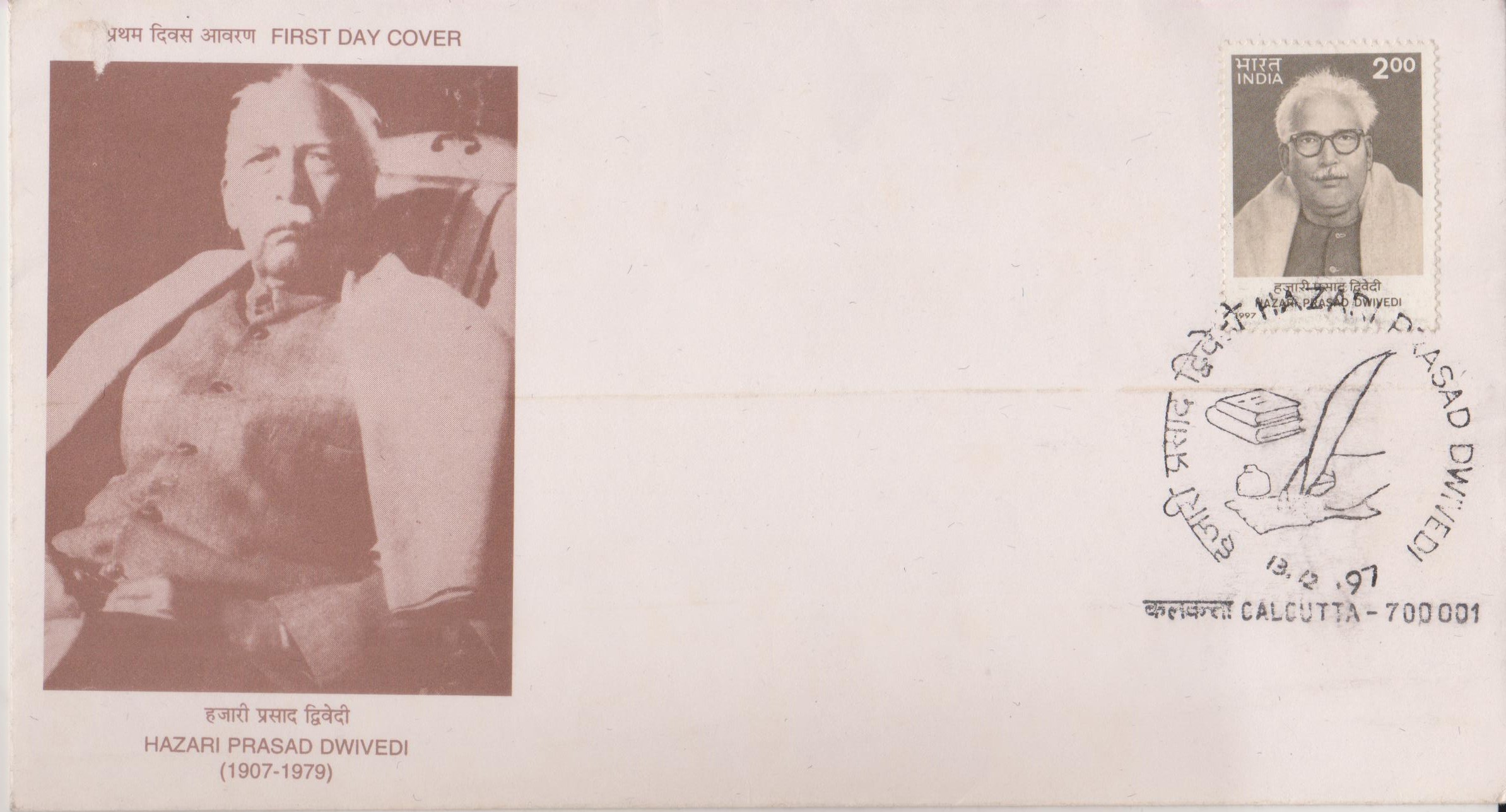

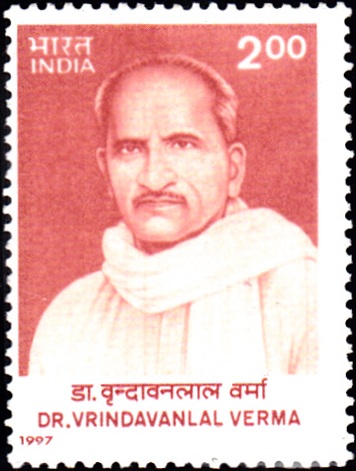
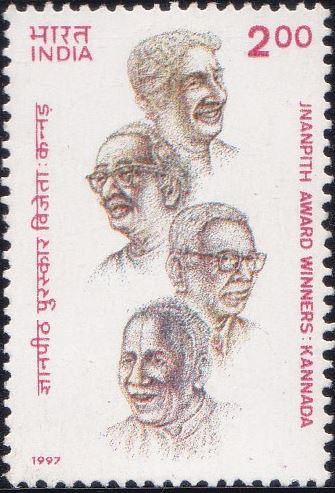
[…] a meeting of leading European Citizens of Calcutta, held on the 15th of January, 1784, in Calcutta, Sir William Jones, an illustrious educationist mooted a proposal for the founding of a society for enquiring into […]
[…] by the accounts of travellers who visited this wonder land, till then little known. The arrival of Sir William Jones and the subsequent formation of the Asiatic Society in 1784 gave a major fillip to the discipline. […]
[…] since Sir William Jones pointed out in 1786 the close resemblance between Sanskrit, Avestan, Greek, Latin and the modern […]